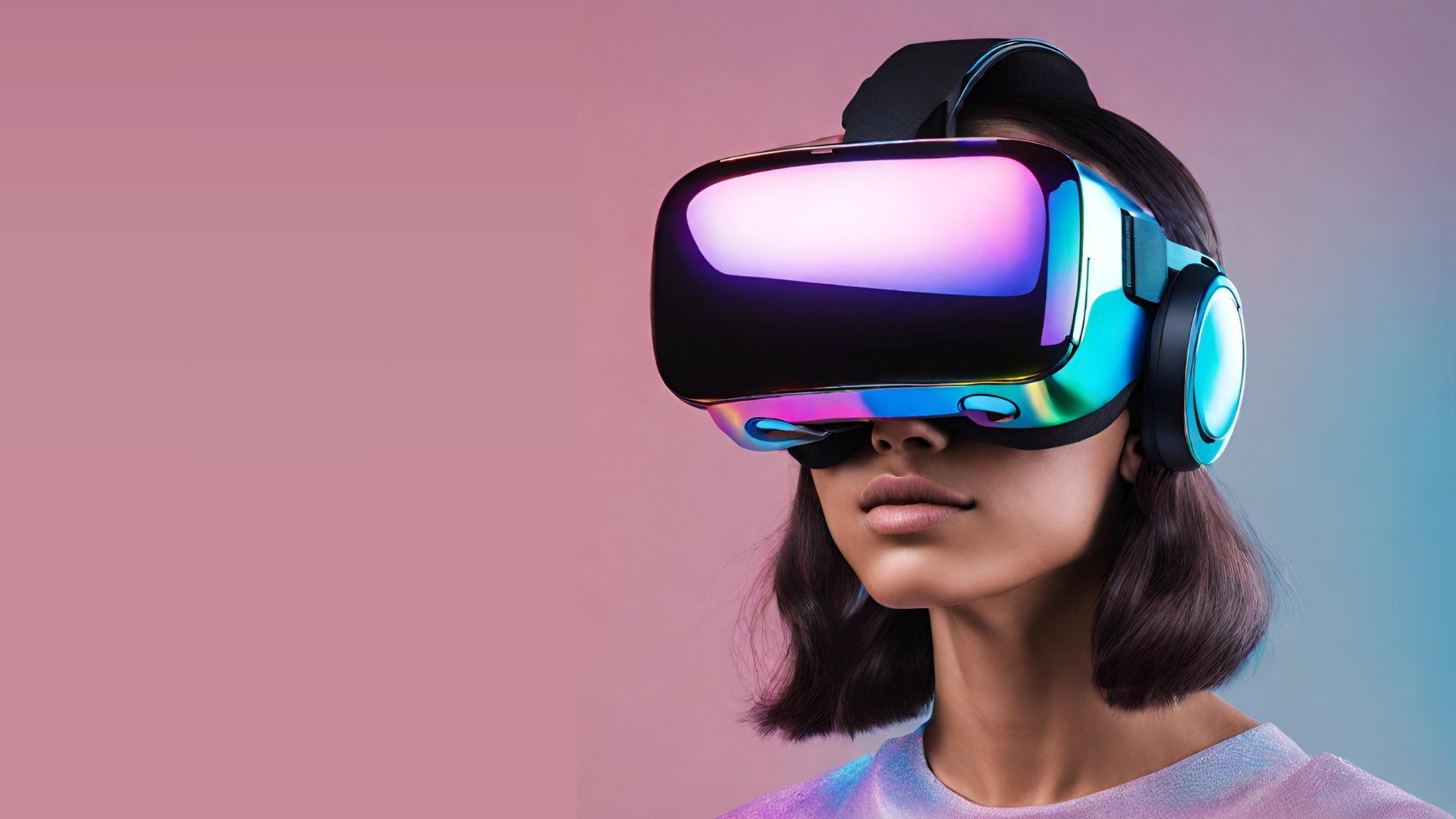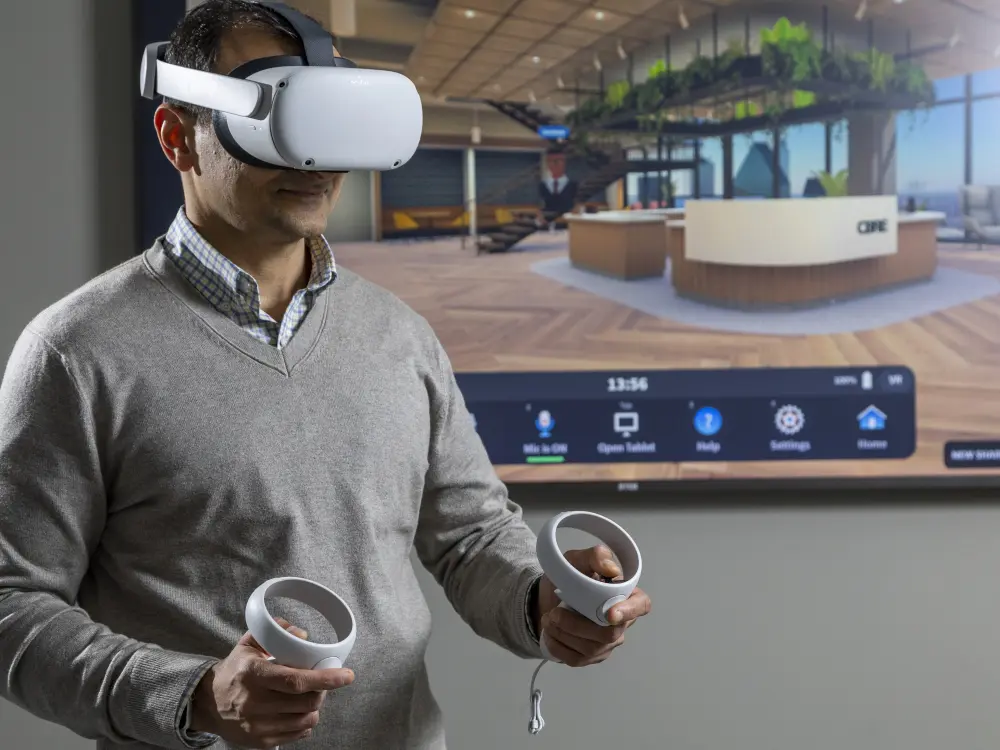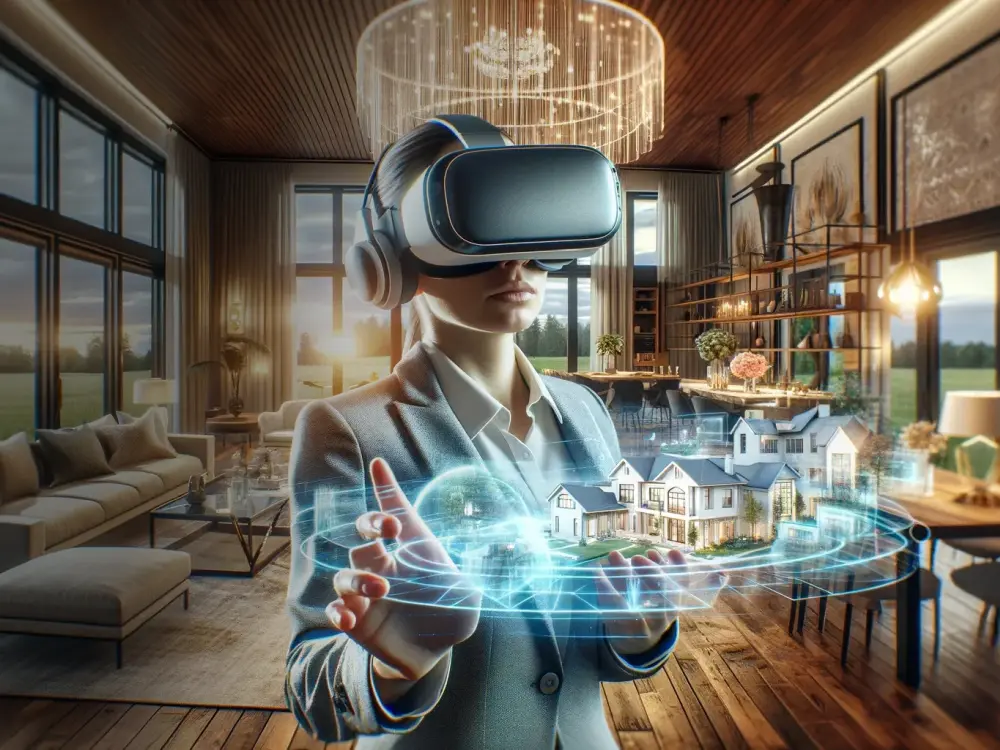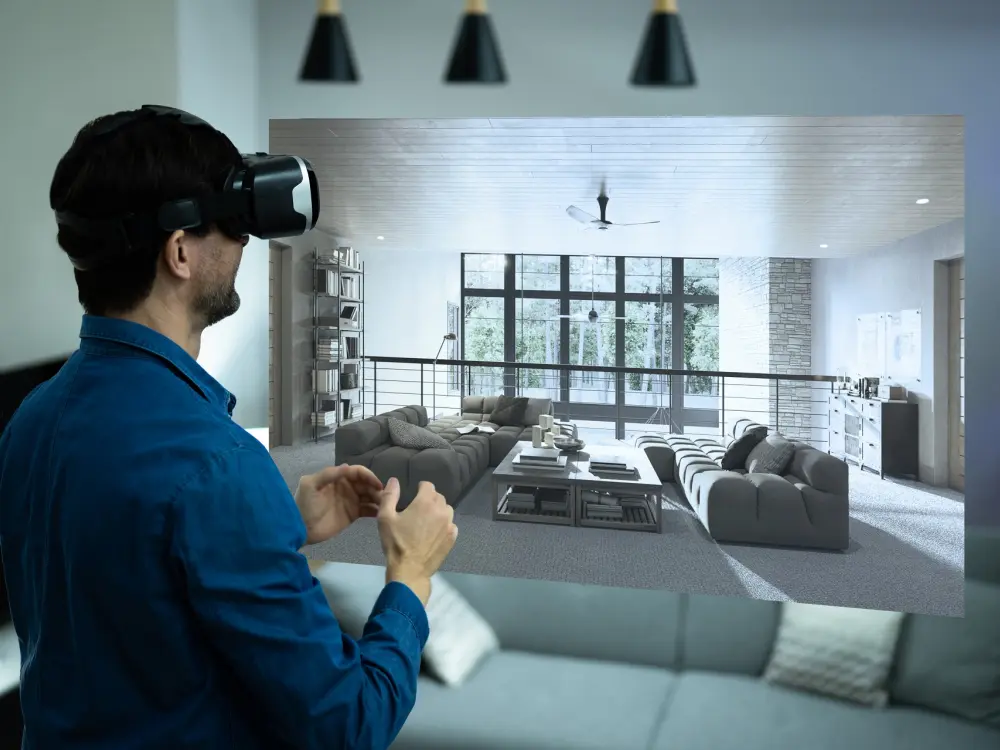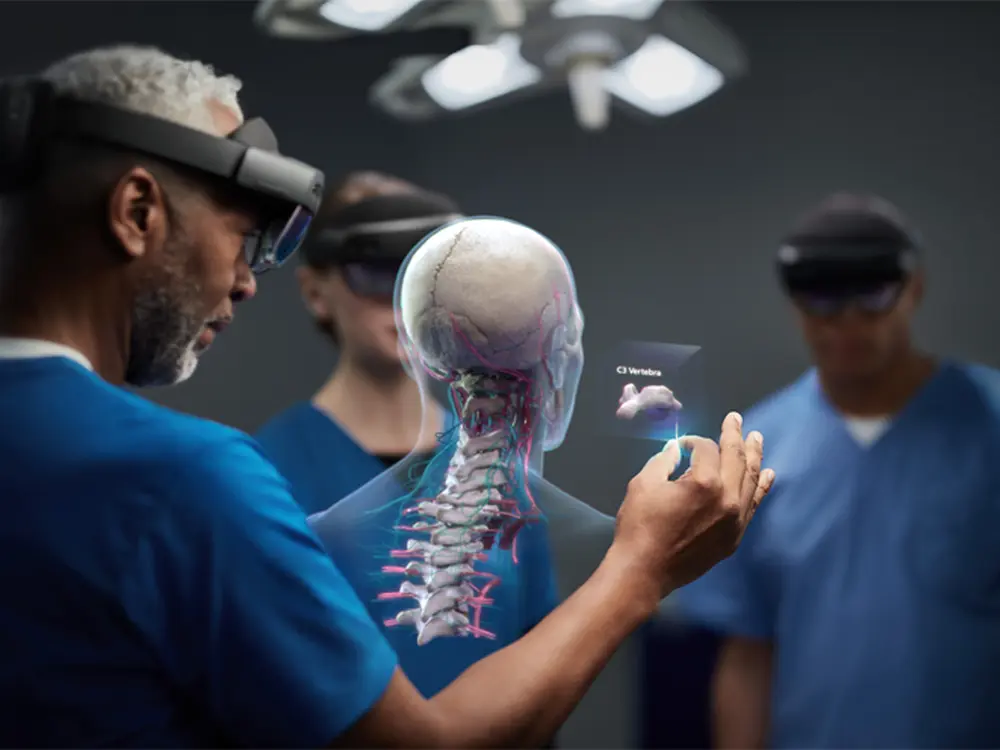In the ever-evolving landscape of technology, 3D virtual environments have emerged as a revolutionary tool with multifaceted benefits across various industries. From gaming and entertainment to education and healthcare, the immersive nature of 3D virtual environments has transformed how we interact with digital content. In this blog post, we delve into the myriad advantages of 3D virtual environments and how they are reshaping our world.
Enhanced Learning Experiences
One of the most significant benefits of 3D virtual environments is their ability to enhance learning experiences. Whether in classrooms, training programs, or corporate settings, 3D simulations offer a dynamic and interactive way to engage learners. By immersing users in realistic scenarios, virtual environments facilitate experiential learning, enabling individuals to practice skills and apply knowledge in a risk-free environment. This approach not only improves retention but also fosters critical thinking and problem-solving skills.
Collaborative Opportunities
In today’s globalized world, collaboration is key to success. 3D virtual environments break down geographical barriers and enable seamless collaboration among individuals regardless of their physical location. Whether it’s conducting virtual meetings, collaborating on design projects, or hosting virtual events, these environments provide a shared space where teams can interact, brainstorm ideas, and work together in real-time. This level of collaboration fosters innovation and productivity, driving businesses and organizations forward.
Cost-Effective Solutions
Traditional methods of prototyping and testing can be time-consuming and expensive. 3D virtual environments offer a cost-effective alternative by allowing businesses to simulate products and environments virtually before investing in physical prototypes. Whether it’s designing a new building, testing a product prototype, or planning an event, virtual simulations enable iterative testing and refinement, saving both time and resources in the process. This not only accelerates the development cycle but also reduces the risk of costly errors and setbacks.
Immersive Entertainment
In the realm of entertainment, 3D virtual environments have revolutionized the way we consume content. From virtual reality (VR) games to immersive experiences in film and television, these environments offer unparalleled levels of immersion and engagement. Whether exploring fantastical worlds, embarking on epic adventures, or interacting with virtual characters, users are transported to new realities where their actions shape the outcome of the experience. This level of immersion enhances storytelling and entertainment value, providing audiences with truly unforgettable experiences.
Healthcare Innovations
In the field of healthcare, 3D virtual environments are driving innovations in patient care, medical training, and treatment planning. Virtual simulations allow medical professionals to practice surgical procedures, explore anatomical structures, and simulate complex medical scenarios in a risk-free environment. This not only enhances training and skill development but also improves patient outcomes by enabling more precise diagnosis and treatment planning. Furthermore, virtual reality therapy has emerged as a promising approach for treating various mental health conditions, offering immersive experiences that help alleviate symptoms and improve well-being.
Real Estate Visualization
For real estate professionals, 3D virtual environments offer a powerful tool for property visualization and marketing. Virtual tours and immersive experiences allow potential buyers to explore properties remotely, providing them with a realistic sense of space and layout. This not only saves time for both buyers and sellers but also expands the reach of property listings to a global audience. Additionally, architects and developers can use virtual environments to showcase design concepts and visualize projects before they are built, enabling stakeholders to make informed decisions and minimize design revisions.
Conclusion
The benefits of 3D virtual environments are vast and far-reaching, transforming industries and redefining the way we interact with digital content. From enhancing learning experiences and fostering collaboration to driving innovation and entertainment, these environments offer endless possibilities for exploration and creativity. As technology continues to advance, we can expect 3D virtual environments to play an increasingly integral role in shaping the future of how we work, learn, and play. Embracing these innovations opens up new opportunities for growth, efficiency, and engagement in virtually every aspect of our lives.


